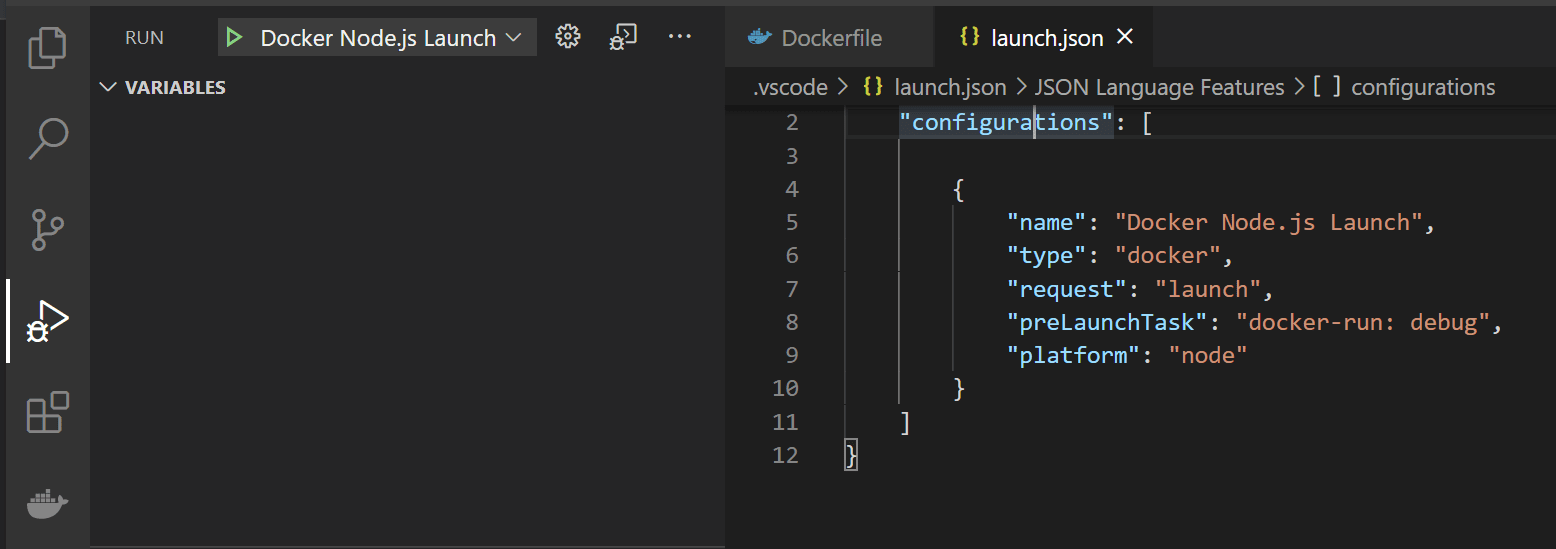

Ifdown, ifup, inetd, init, insmod, install, ip, ipaddr, ipcrm, ipcs, Halt, hdparm, head, hexdump, hostid, hostname, hwclock, id, ifconfig, [, [[, addgroup, adduser, ar, arping, ash, awk, basename, blkid, brctl,īunzip2, bzcat, cat, catv, chattr, chgrp, chmod, chown, chroot, chrt,Ĭhvt, cksum, clear, cmp, cp, cpio, crond, crontab, cut, date, dc, dd,ĭeallocvt, delgroup, deluser, devmem, df, diff, dirname, dmesg, dnsd,ĭnsdomainname, dos2unix, du, dumpkmap, echo, egrep, eject, env,Įther-wake, expr, false, fdflush, fdformat, fgrep, find, fold, free,įreeramdisk, fsck, fstrim, fuser, getopt, getty, grep, gunzip, gzip, Will act like whatever it was invoked as. Link to busybox for each function they wish to use and BusyBox See source distribution for detailedīusyBox is a multi-call binary that combines many common Unix


~ (master ✔) ᐅ docker run busybox busyboxīusyBox v1.22.1 ( 23:22:11 UTC) multi-call binary.īusyBox is copyrighted by many authors between 1998-2012. Summarized in “an OS with a bunch of bare-minimum binaries”:īusybox is so well done that has been dockerizedĪnd used quite extensively within the docker ecosystem. To you: a very tiny linux distribution (~2.5mb) which can be If you are not familiar with it, let me introduce busybox There are plenty of resources on limiting the size of your images / containers,īut today I am going to start with this very simple approach. Turns out, the easiest solution is, as often, the simplest one: You will need to wait until the whole image getsĭownloaded before being able to play around with it 1.Īt the end of the day, one thing is clear: we’d like

Machine (or production servers, not much difference): Images is, at least for me, when you want to pullĪnd run a brand new image, not available on your Managing Docker images might become a bit of a painfulĮxperience, especially when looking at your storages: very “simple”Įnd up quite fat and contribute to sucking up a goodĪt the same time, the most painful moment with Docker


 0 kommentar(er)
0 kommentar(er)
